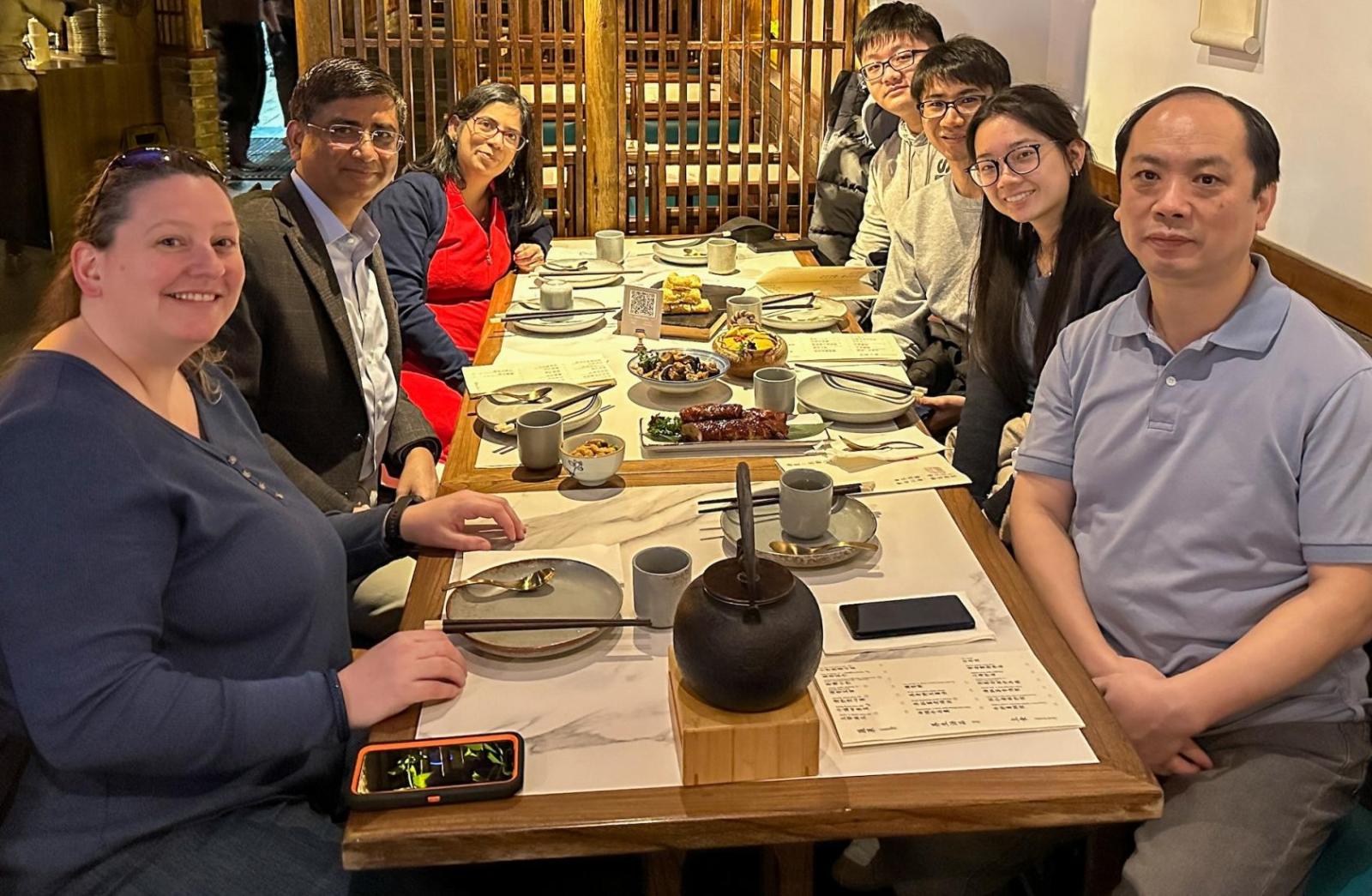PARP inhibitors have improved survival of breast cancer patients with BRCA1/2 mutations, but the drugs eventually stop working and the cancer returns.
A new study of cancer in mice now suggests that a second cancer drug may be able to prevent or delay relapse.
"The problem so far has been that the response to PARP inhibitors is not durable," says study co-leader Swarnali Acharyya, associate professor in the Department of Pathology & Cell Biology and Institute for Cancer Genetics at Columbia University Vagelos College of Physicians and Surgeons. "Sometimes it lasts six months, sometimes a little longer. But oncologists tell me that almost all patients eventually relapse, so it's important to find out why."
More than 60% of women who inherit a mutated BRCA1 and BRCA2 gene will get breast cancer in their lifetime, according to the National Cancer Institute. PARP inhibitors work by targeting PARP, a protein that helps cancer cells repair damaged DNA and continue their growth.
Cancer cells are known to use various mechanisms to overcome PARP inhibitors, but the Columbia study is the first to identify a new mechanism that can be thwarted by an existing drug (axitinib, FDA-approved for treating metastatic kidney cancer).
Healthy neighbor cells promote cancer growth
To understand how BRCA cancers develop resistance to PARP inhibitors, the researchers developed new mouse models that respond to PARP inhibitors much the same way patients do. Both experience a striking response to the drugs, before the cancers acquire resistance and recur.
When the researchers examined resistant cancers from these mice, they noticed something curious. "When we took the resistant cancer cells out of the tumor and treated the cancer cells in the lab with PARP inhibitors, they died," Acharyya says. "So, the next question we had was why do cells that resist the drug in vivo die in vitro."
The answer was found in the tumor's microenvironment. When mice get treated with PARP inhibitors, a protein called PGF is secreted by normal cells around the tumor, perhaps as a stress response. This protein then binds to FLT1 receptors on the cancer cells, promoting cancer growth and driving away cancer-fighting T cells.
When researchers blocked the FLT1 receptor either genetically or with a drug called axitinib, the PARP inhibitor started to work again, killing the PARP inhibitor-resistant tumors.
Combination treatment
It's likely that human breast cancers are developing resistance in much the same way, Acharyya says, because the study also found that patients with high levels of FTL1 have less success with PARP inhibitors and develop resistance more quickly.

Swarnali Acharrya and Anup Biswas lab members. From left: Courtney Coker, Anup K. Biswas, Swarnali Acharyya, Yifan Gu, Yifan Tai, Angela Chow, and Wanchao Ma. Photo courtesy of the Acharrya lab / Columbia University.
"The combination of axitinib with PARP inhibitors could make resistant cancers more responsive to treatment and may even be effective for patients who don't respond to PARP inhibitors from the beginning," says study co-leader Anup Biswas, assistant professor of pathology & cell biology.
"Because axitinib is already FDA-approved, our findings could be tested in patients relatively quickly," Acharyya adds, and the team is now talking with physicians from several institutions interested in launching clinical trials.
High levels of FLT1 have also been reported in ovarian, prostate, and pancreatic cancers treated with PARP inhibitors, suggesting the same drug combination may have potential beyond breast cancer.
References
Additional information
All authors (from Columbia unless noted): Yifan Tai, Angela Chow, Seoyoung Han, Courtney Coker, Wanchao Ma, Yifan Gu, Valeria Estrada Navarro (Weill Cornell Medicine), Manoj Kandpal (Rockefeller University), Hanina Hibshoosh, Kevin Kalinsky (Emory University), Katia Manova-Todorova (Memorial Sloan Kettering), Anton Safonov (MSK), Elaine M. Walsh (MSK), Mark Robson (MSK), Larry Norton (MSK), Richard Baer, Taha Merghoub (Weill Cornell), Anup K. Biswas, and Swarnali Acharyya
This work was supported by a Department of Defense Breast Cancer Breakthrough Award, Irma T. Hirschl Monique Weill-Caulier Trust Award, American Cancer Society Scholar Award, Susan G. Komen Career Catalyst Award, Pershing Square Sohn Award, METAvivor Early Career Investigator Award, Phi Beta Psi Sorority Cancer Research Award, Columbia University Irving Scholars Program, the National Cancer Institute (grant R01CA231239), and pilot awards from the Herbert Irving Comprehensive Cancer Center and Irving Institute for Clinical and Translational Research (P30CA013696). The research used core facilities at the Herbert Irving Comprehensive Cancer Center, funded in part through the National Cancer Institute (P30CA013696).
The authors declare that they have no competing interests that relate to the research described in this paper.
Top image of breast cancer cells from National Cancer Institute, created by Sheheryar Kabraji and Sridhar Ramaswamy / Dana-Farber Harvard Cancer Center at Massachusetts General Hospital.






